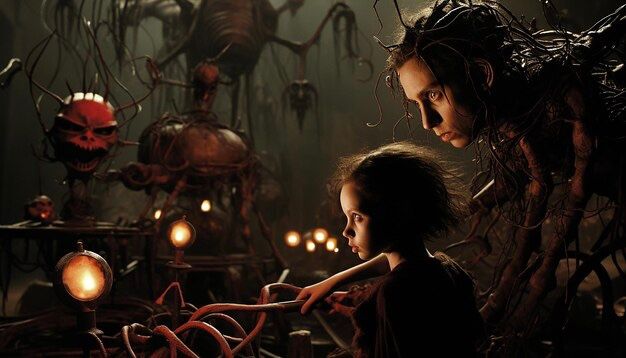Whispers and Roars in Keila: Estonia's Crossroads of Unfettered Energies and the Lucifer Club Enigma
In a small Estonian town named Keila, an intriguing phenomenon unfolds as the whispers of the old world and the roars of the new converge into a peculiar symphony. Here lies the Lucifer Nightclub, a name that sends a shiver down the spine of the local folklore and ignites discussions

In a small Estonian town named Keila, an intriguing phenomenon unfolds as the whispers of the old world and the roars of the new converge into a peculiar symphony. Here lies the Lucifer Nightclub, a name that sends a shiver down the spine of the local folklore and ignites discussions about cultural identity and the undercurrents of modern society.
Nestled in the heart of Keila, the club stands as a beacon of controversy, its very name evoking tales of the fallen angel and bearing the numerical mark of 666, symbolically flying at 30,000 feet of notoriety. The establishment does not merely exist in isolation; it serves as a catalyst for a broader conversation about the direction in which the town's social fabric is being stretched.
For the young and the restless, the club offers a haven where the nights are long, and the music beats into the rhythm of liberated spirits. For others, it is a place that symbolizes a darker aspect of freedom, where the moral compass of society seems to be spinning out of control.
Mirjam, a young girl of Keila, finds herself and her dreams interwoven with the myths and realities that surround this enigmatic club. The stories of her mother's nocturnal ventures feed into the child's imagination, where the figures of luciferian legend become as real as the daylight.
The people of Keila are at a crossroads, grappling with the implications of having such a potent symbol in their midst. It raises questions that go beyond the club's neon lights, reaching into the very soul of this Estonian town. Does the club represent a bold expression of freedom and self-identity, or does it manifest an underbelly of society that revels in the darker aspects of human nature?
As Keila stands in the shadows of the Lucifer Nightclub, it reflects a larger struggle between light and darkness, tradition and progress, constraint and liberation. The club, with its darkly alluring name, becomes more than a nightspot—it becomes a mirror to the community, a point of reflection on what it means to be a society in transition, nestled on the precipice of old values and new beginnings.




